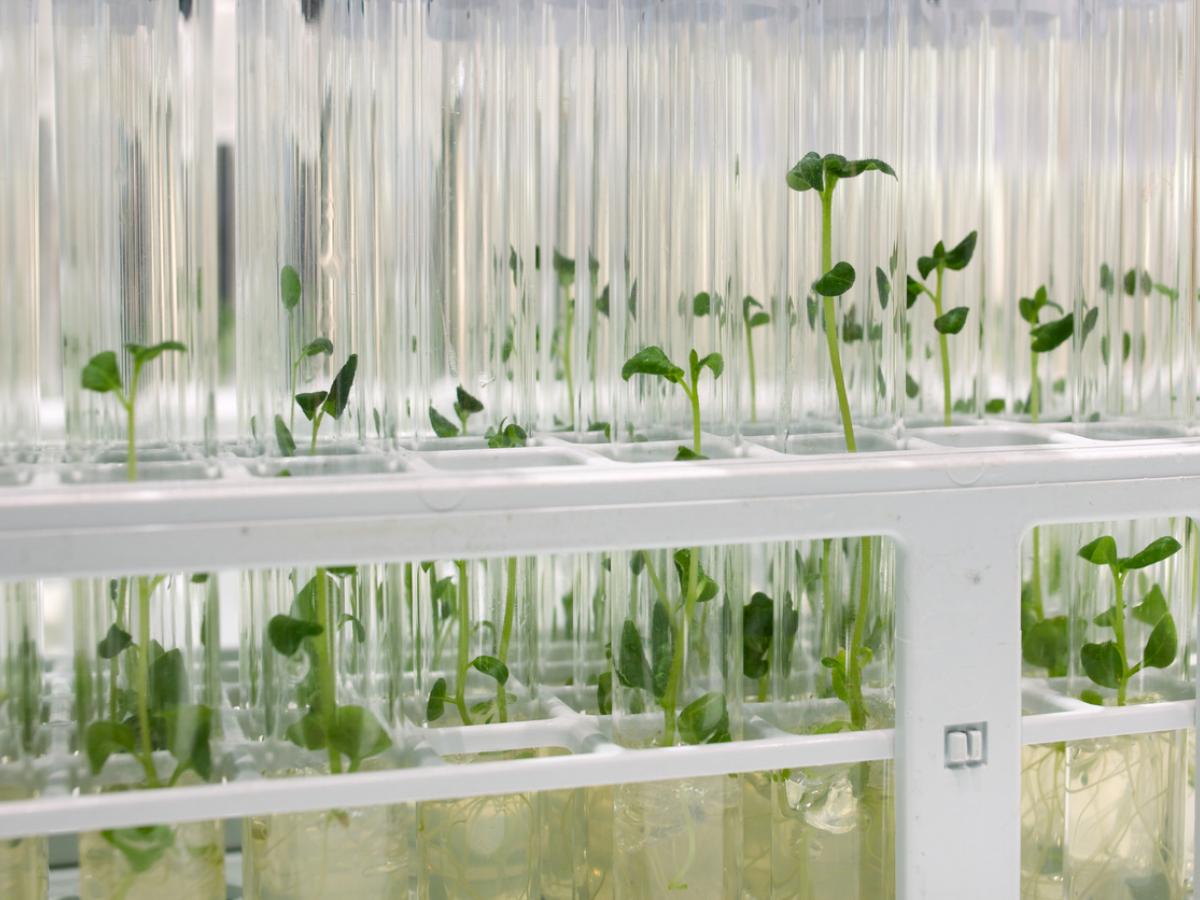While some scientists argue that agricultural gene editing regulations are overly restrictive, a new paper from the University of Adelaide emphasises the importance of clear regulations to ensure new technologies are used safely and responsibly.

Published in The Plant Journal, the focused review was conducted by researchers Dr Emily Buddle, Michail Ivanov and Professor Rachel Ankeny. It outlines how regulation plays a vital role in the innovation process by encouraging public involvement and building trust in emerging gene technologies.
"Regulatory decisions are not just about scientific facts or economic benefits. They always involve value judgements, especially concerning safety, risk and societal benefits," Dr Buddle explains.
"Plant scientists need to engage with diverse groups of people early and often throughout the innovation process to understand their concerns about new technologies. This engagement is a mutual learning process, not just a formality, as no single group has the expertise and capacity to shape regulation in isolation."
Dr Buddle notes that while forms of gene-editing can make the same changes that could happen naturally in agriculture - a concept known as "scientific equivalency" - this does not translate to public acceptance.
"What truly matters to the public is how the gene technology will be applied and what its perceived benefits are, rather than just whether it is gene edited or genetically modified," she says.
"For example, our previous research has shown that people might be more accepting of gene editing that improves the crop's tolerance to drought rather than altering the nutritional qualities of the grain."
Gene editing is an emerging technology in agriculture and is increasingly being used to help crops better withstand environmental stressors such as drought and salinity. While no gene edited plants are currently in commercial production in Australia, the development of new breeding technologies has reignited long-standing global debate over how these technologies should be regulated.
Regulation refers to the laws, policies, licences and guidelines that govern how people and organisations can use gene technology, where penalties apply if these rules are not followed. There is limited consistency around the world in how gene editing is regulated.
In Australia, gene technology, including genetically modified and gene edited crops, is regulated by the Office of the Gene Technology Regulator (OGTR). Under the Gene Technology Act 2000 (Commonwealth), gene edited crops were originally treated the same as genetically modified organisms.
However, amendments made in 2019 mean organisms modified using SDN-1 techniques - which involve making small, targeted changes to DNA without adding any foreign genetic material - are generally not regulated under the Act, as these changes are considered similar to those that could occur naturally or through traditional breeding.
Ivanov says the review challenges some common criticisms in crop sciences.
"In our research experience, we often hear scientists working in agricultural genomics talk about regulation as problematic, emphasising that regulation is a 'bottleneck' or a 'hurdle' that limits research and innovation in crop sciences," Ivanov says.
"However, we argue that calling regulation a 'bottleneck' depends on your perspective and what your goals are.
"We contend that regulation is actually an important part of the innovation process as it allows regulators and diverse publics to get involved in the research and assess whether a new technology is truly needed, desirable and beneficial outside of the lab or field.
"Instead of being a bottleneck, regulation can be seen as a filter as it helps remove elements of science and innovation that could cause problems or harms to society or the environment, making sure that new technologies align with societal expectations and values before they are widely used."






